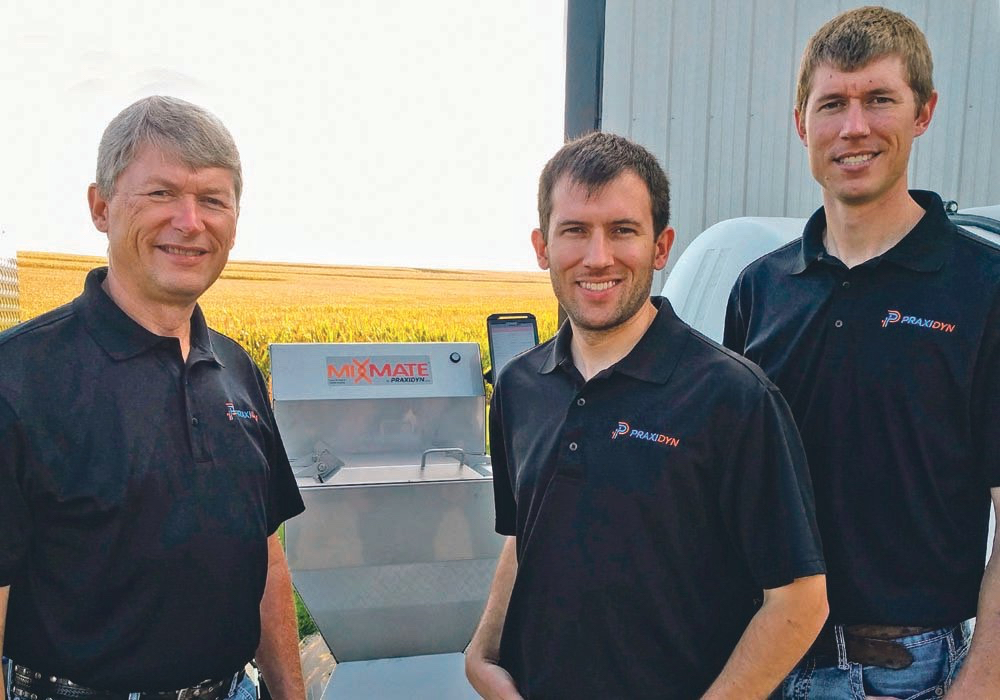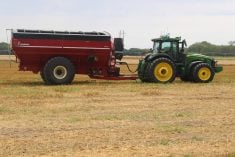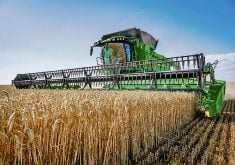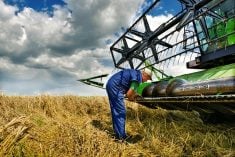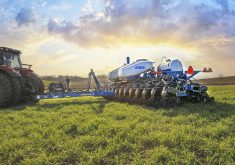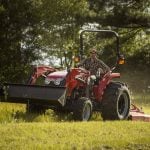A bigger implement isn’t necessarily a more cost-effective implement.
With sprayers for example, the longer fill time of a bigger sprayer may cut into potential return on investment. Smaller is sometimes smarter.
Size is a major consideration in any new sprayer decision.
While a larger sprayer is more productive, a grower should try to achieve a balance between investment and volume of work, according to Doug Applegate, founder of Praxidyn chemical-mixing systems in Oakland, Iowa.
Applegate wanted to look at sprayer efficiency. The first place to go with those kinds of questions is obviously the sprayer productivity calculator developed and published on-line by Canadian agricultural spray experts Tom Wolf and Jason Deveau at www.sprayers101.com.
Read Also
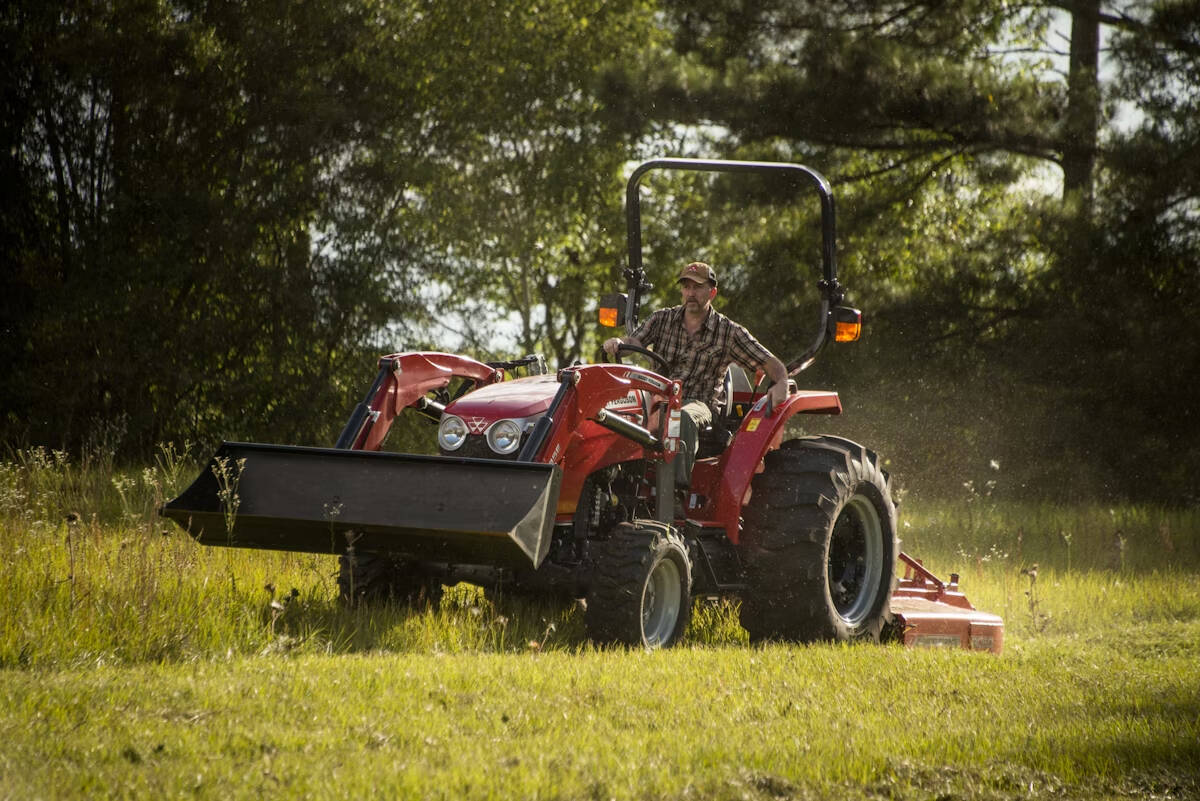
Agco settles legal dispute with TAFE
Agco and Tractors and Farm Equipment (TAFE) from India announced July 1 that they had settled their legal dispute, which began in 2024 over local ownership of the Massey Ferguson brand name and other concerns.
Applegate said he’s often used this calculator to compare sprayers and evaluate options as objectively as possible. In his recent evaluation, the smaller sprayers had slightly higher turn speed because they’re lighter and more agile. The factors he plugged into the calculator were a half-mile field length, two headlands, 15 gallons per acre and 14 miles per hour spraying speed.
“I priced two brands of sprayers from our local dealers and averaged the prices together for the comparisons,” says Applegate.
“They were all equipped with the latest pulsating nozzle technology and auto-guidance systems. The smaller sprayers didn’t have quite as many features because some of the options such as a stainless steel tanks were only available on the larger units.”
Prices were collected for 600-gallon and 800-gallon units with 90-foot booms. The 1,000-gallon sprayers were priced with 100-foot booms. The 1,200-gallon sprayers were priced with 120-foot booms. Applegate came to several conclusions derived from his study:
- Slower loading times increase the cost per acre per hour of productivity dramatically. The increased cost ranges from 26 per cent to 42 per cent.
- Spending 10 per cent more for a larger sprayer will increase productivity by about only eight per cent.
- Spending seven per cent more for an automated mixing system can increase productivity by 20 to 30 per cent compared to manually mixing in the field.
- Note the cost per acre per hour of productivity of the 600-gallon sprayer is only $2,388 because of the five-minute loading time. Manufacturers seem to give a better price advantage to the 600-gallon sprayers. Smaller sprayers are more cost effective for their capacity.
“The lowest cost method for improving productivity is to reduce loading time. The cost difference of 100 acres per hour of productivity is shocking when comparing a 1,200-gallon sprayer loading in 15 minutes to an 800-gallon sprayer loading in five minutes. The 1,200-gallon sprayer costs US$93,000 more.
“AGCO aggregated data from sprayers shows that 26 per cent of engine hours are spent spraying. A 20 per cent improvement, or saving 10 minutes of loading time, would reduce sprayer operating costs by 80 cents per acre. That was given to me by an executive in the department that collects data. I believe it was published but I have never come across it.
“I’ve worked these numbers several ways. There’s no doubt saving 10 minutes of loading time actually does boost productivity by 20 per cent across many sizes of sprayers and situations. We’re now considering a more in-depth calculator to look at operating costs.”


